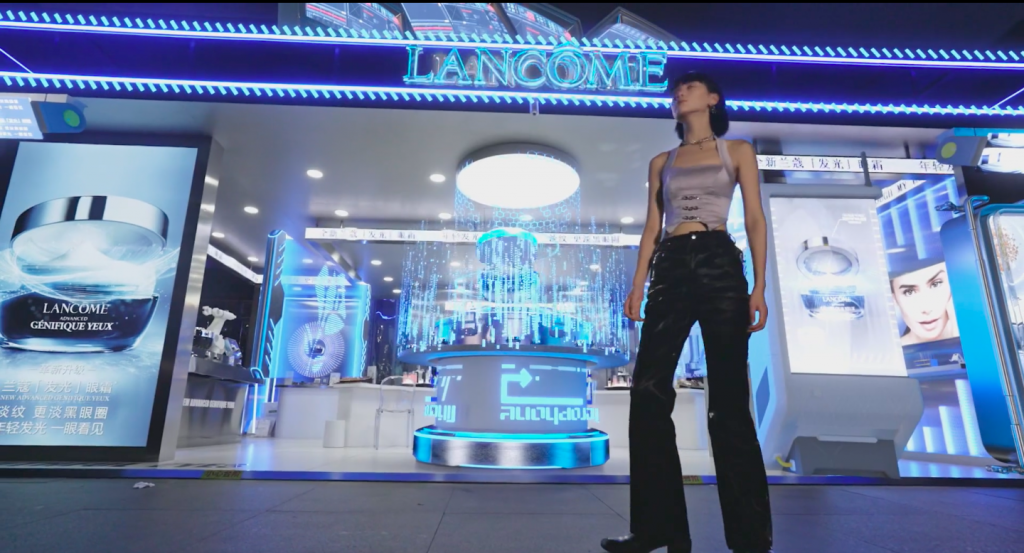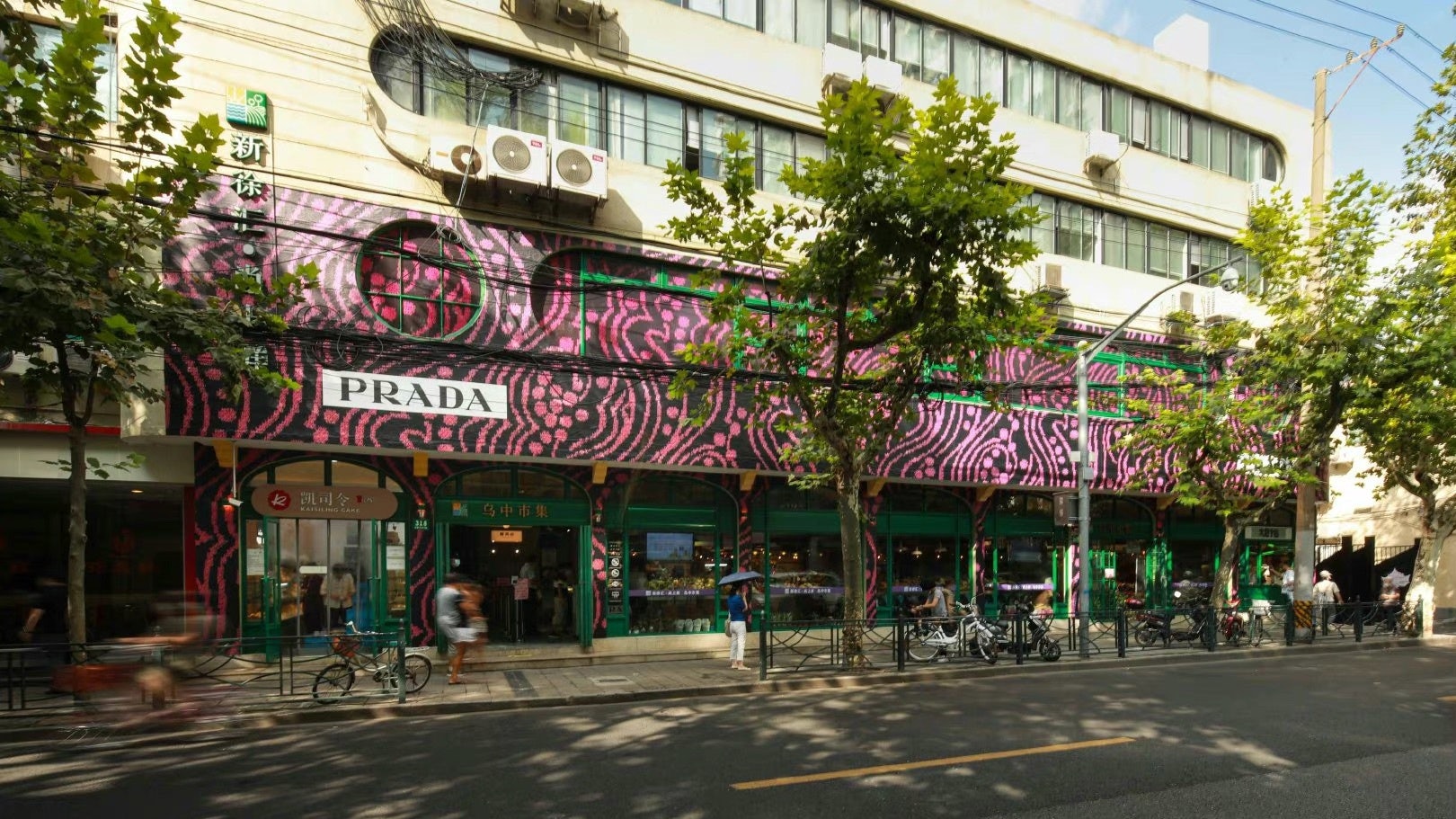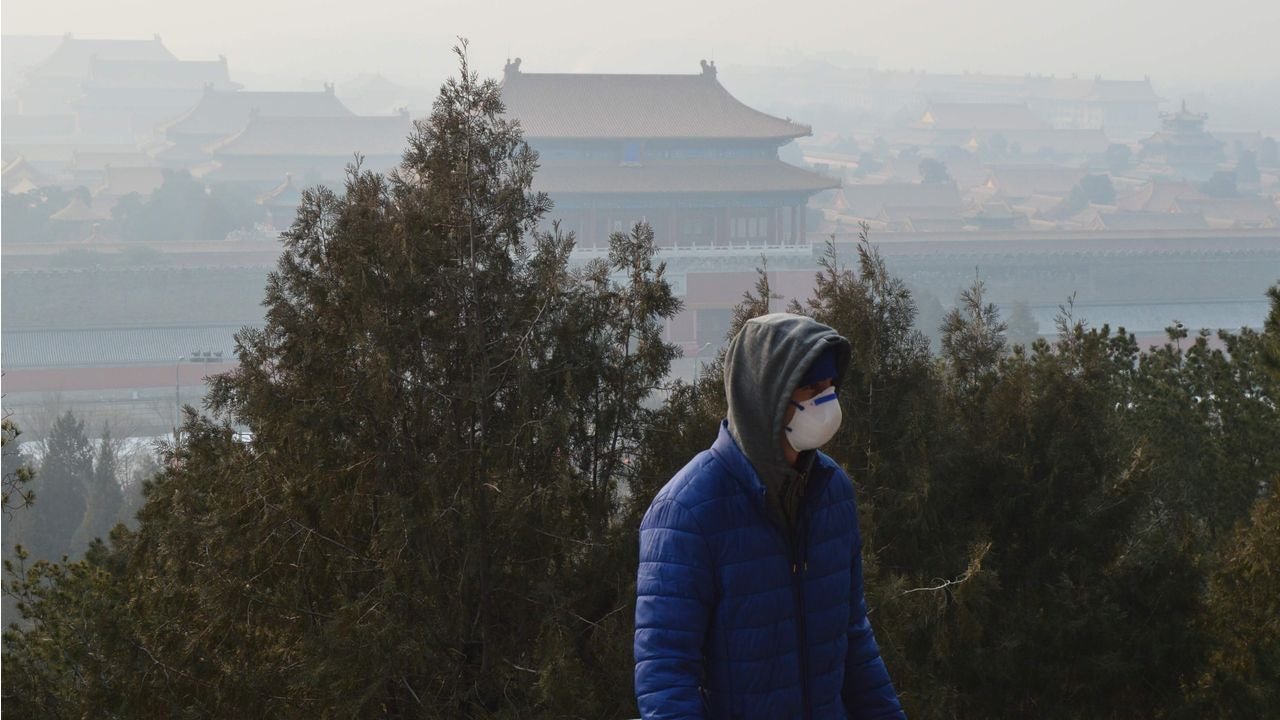Key Takeaways:#
China is the world's last COVID-zero holdout. As such, consumers in the country are used to public health hypervigilance and have learned to expect a safety-first approach from brands.
Providing a digitally traceable, fully-controlled, and risk-free shopping environment will be the minimum needed to attract Chinese tourism in 2023.
Beyond safety, Chinese tourists will expect next-level retail experiences that go beyond Insta-worthy photographs.
As most of the world has slowly opened up after COVID-19's unwelcome appearance, China's zero-tolerance pandemic policy remains in place. A hard elimination approach that includes regional lockdowns, massive testing, and contact-tracing measures are as rigorous today as when the pandemic began in early 2020. For example, in Shanghai Disneyland last month, 33,863 visitors had to undergo mass testing because one visitor got infected the day before visiting.
Despite a relatively high vaccination rate, at nearly 76 percent of its population, COVID-related concerns are still a constant force of disruption, canceling local events and barring Chinese from international travel. And with the Winter Olympics scheduled for February of next year, policy experts forecast that China will keep its border closed till at least the end of 2022.
That is bad news for luxury and fashion retail, which heavily relied on Chinese tourism spending for revenue growth pre-pandemic. But in a COVID-stricken 2020, sales at all of the four largest duty-free groups worldwide decreased by at least 38 percent, year-on-year, according to the research firm Daxue Consulting.
As key destinations like Paris, Milan, and London open up and expect a tourism rebound, a key question is now facing the industry: What will be the role of travel retail once Chinese tourists return?
Adopt a safety-first mindset#
First, brands need to understand the radical differences between the Chinese experience coping with COVID-19 versus the rest of the world to answer this question. Upon their return, Chinese tourists will expect a fully traceable, controlled, risk-free retail experience, as they'll want the same sense of safety they are used to back in China.
Today, China is the only country still chasing total eradication of the virus. While other countries previously pursued zero-case status like Australia, New Zealand, and Singapore, they eventually chose to live with the pathogen earlier in 2021. But China shows no sign of easing its fortress-like containment of the COVID-19 spread. This policy has increasingly made China an outlier and will likely create a cultural divide between Chinese tourists and local retail operators in the future.
In most Western countries, resurgent virus cases are seen as non-events now as more than half of those populations are vaccinated and eager to resume pre-pandemic social life. In China, however, eliminating the virus is still a collective social priority. Since the beginning of lockdown, official media has been promoting a narrative that equates the zero-tolerance policy as a social responsibility — a humanity-first approach that prioritizes saving lives over business interests and economic growth. Contrary to seeing this policy overtly harsh, most Chinese are comfortable with the measures, believing it will keep them safe.
As a result, many Chinese consumers value the ability to contain the virus as a crucial part of a business's social responsibility, as much as how their Western peers see abuse-free production indispensable to a brand's business ethic.
Take Sanya, Hainan — China's hottest luxury travel retail destination — for example. There, vaccinated travelers from the country's 26 mid-risk regions with found COVID-19 cases still need to be tested twice before boarding a plane and are subjected to two additional mandatory tests three days after landing locally.
Accustomed to public health hypervigilance and an official narrative of "safety over everything else," China's consumers will expect global brands — especially high-end retail shops — to provide a risk-free experience. Showing a safety-first, responsible approach will be seen as the minimum for returning Chinese tourists.
Get beyond Insta-worthy#
But building a safe, traceable, and controlled shopping environment will only be the start for luxury brands. During the pandemic, the repatriation of luxury spending in China forced brands to raise their pop-up-store game to spike local sales.
Before the pandemic, Chinese consumers were already digitally savvy and accustomed to omnichannel shopping experiences empowered by technology and sophisticated CRM systems.
Today, they are used to next-level pop-up experiences, which have flourished over the past year. In September, Prada turned a local Shanghai market into a branded location, complete with wallpapers and shopping bags from its latest collection, which blurred the line between the luxury and the hyperlocal day-to-day. In Chengdu, Lancôme built a futuristic pop-up that provides skin lab testing and delivers products in robot arms, anticipating a metaverse-style beauty experience.

In an interview with Business of Fashion, ex-Vogue China editor-in-chief Angelica Cheung said that Chinese consumers will expect to "see something different" when they travel again, given that now they can find all the other elements back home.
Pre-pandemic, they would travel abroad to shop for lower prices, yet the local rise in duty-free destinations like Hainan takes away that advantage. Moreover, many Chinese duty-free shops have set up Tmall stores to let consumers enjoy duty-free prices without physically visiting the island. Additionally, the appeal of Made in France/Italy has also become a tired concept, and younger generations are increasingly favoring Made in China.
"What I miss most about traveling abroad is the sense of place, such as enjoying a macaron in Galleries Lafayette in Paris after shopping," said Shanghai-based ad agency account manager Gina Chen, who used to travel roughly twice a year to fashion capitals like Paris or Seoul. "Even in Shanghai where I live, interesting pop-up stores are everywhere, and there are many offers online. I miss discovering boutiques and being inspired by local street styles when I travel," Chen added.
As such, brick-and-mortar stores or brands abroad hoping to leverage a Chinese tourism rebound should be aware of the high-tech interactive experiences those consumers have gotten used to back home. Because of these changes, these sellers should focus on uniquely local scenarios to differentiate themselves.
"I will definitely travel again once the virus situation is properly sorted out abroad," said Chen, who went through a 14-day home quarantine after a business trip to Guangzhou last month. "As for now, I feel safest here in China." So even though many Chinese consumers have grown nostalgic for travel, their need for safety, it seems, trumps everything else.

